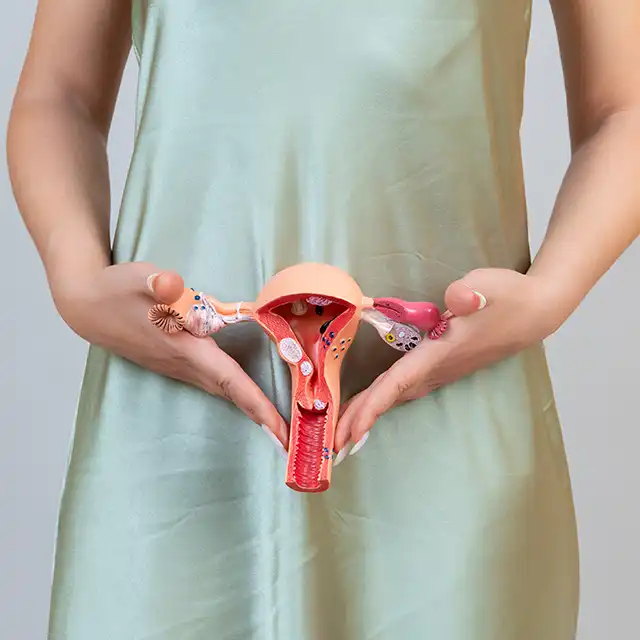
Kwashiorkor is a severe form of malnutrition seen in infants and children who do not get enough protein and other essential nutrients in their diet. The main sign of kwashiorkor is the build-up of fluid in the body’s tissues that causes swelling, usually starting with the legs but capable of spreading to other parts as well.
Signs and symptoms
The major identifier for kwashiorkor is swelling under the skin due to excessive fluid build-up (edema) caused by the lack of protein which regulates water perfusion in the body’s tissues. Other symptoms include:
- Loss of muscle mass
- A distended abdomen, like a pot
- Red and inflamed skin patches that can split
- Dry, discoloured and brittle hair that falls easily
- Growth retardation
- Fatigue, irritability and extreme lack of energy
- Lack of immunity causing increased and more severe infections
- Cracked and brittle nails
Causes
Kwashiorkor is caused due to an extreme deficiency of protein and other essential vitamins and minerals in one’s diet. Although it can affect persons of any age due to long-term illness or restricted or limited food availability, it is most seen in children who are at the highest risk of lack of access to food and end up developing the condition which can become fatal.
Diagnosis
The condition can be diagnosed largely by the physical appearance and questions on diet and care to help establish the diagnosis. However, blood and urine tests can be used to support the diagnosis and rule out any other conditions. Some of these tests can include:
- Tests for blood sugar and total protein levels
- Minerals and vitamin levels
- Complete blood cell count
- Kidney and liver function test
- Urinalysis
A biopsy may also be done to evaluate the water content in the skin, total body water content, hair health, body mass index, and growth measurement according to age.
Treatment
Early treatment can help in full recovery from kwashiorkor, but if left untreated it can lead to permanent mental and physical disability. The condition can easily be treated with ready-to-use therapeutic food when detected early, but in severe cases treatment in a hospital is required or where there is already any manifestation of infection. These treatments may include:
- Balancing blood glucose levels and maintaining the calorie requirement of the body
- Supplementing fluids containing electrolytes, minerals, and vitamins
- Treating ongoing infection with antibiotics
- Gradually supplementing daily nutrition through food
Sources

















